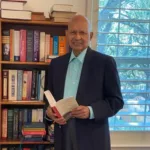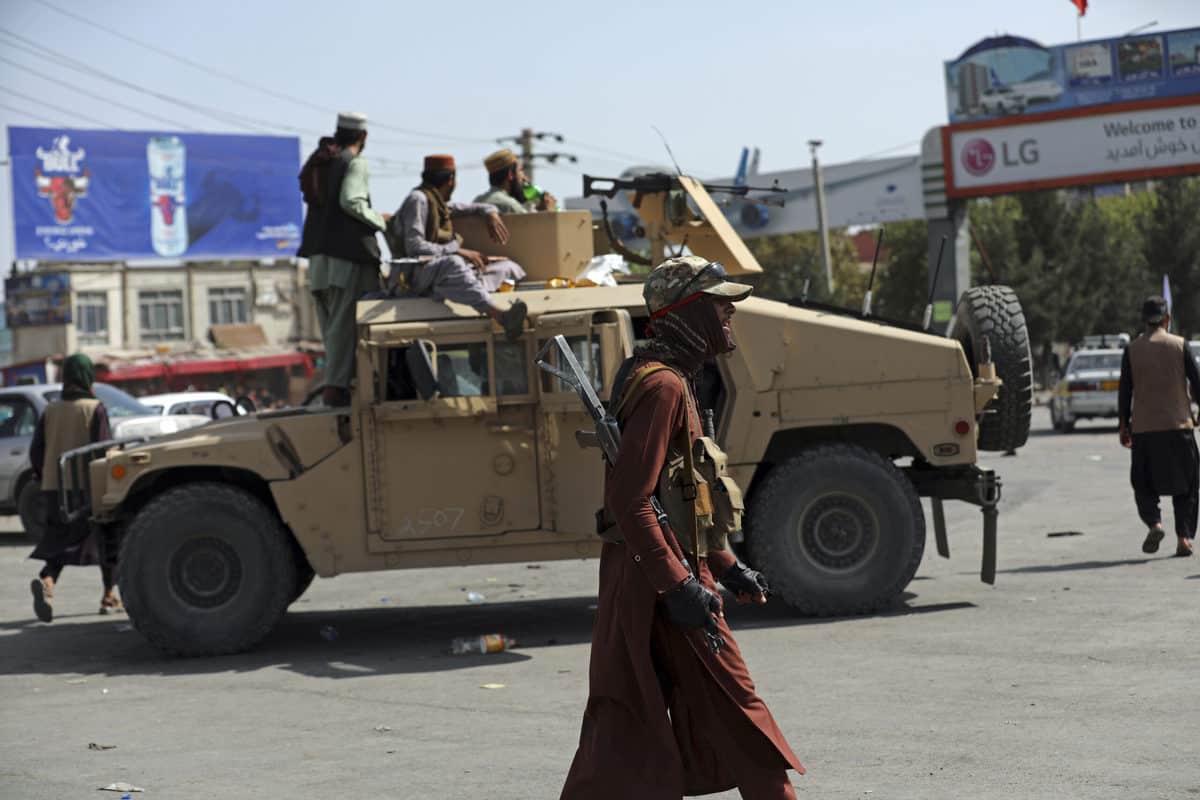
The venture was doomed from day one. If after ousting the Taliban-Al Qaeda combine in 2001, the United States had promptly withdrawn its forces, letting diplomacy and soft power to take over, it would have avoided this humiliating second Saigon 46 years later. Instead, the United States compounded its problems, by going into Iraq and getting bogged down in another unwinnable military campaign.
There were historical warnings against such misadventures for example French defeat in Vietnam and military failure in Algeria; Egypt’s military failure in Yemen; American military failure in Vietnam; Soviet military failure in Afghanistan; Indian military failure in Sri Lanka; Israeli military failure in South Lebanon. And now USA’s double military failure in Iraq and Afghanistan. Each country deployed very sizable military forces, fought a prolonged war, lost heavily in men and money and then gave up. Comparatively speaking US losses have been much greater than that of any other country.
All these failed military ventures have a pattern to them.
There is organized visible Army on the one side, and invisible guerrilla fighters on the other. There is no front line with opposing armies facing each other. The army offers visible stationary targets, the guerrillas remain invisible and highly mobile. A heavily fortified military base can be attacked for example, the huge military base Da Nang in Vietnam, but guerrillas do not stay clustered in one place that can be easily pinpointed. The Army has heavy visible equipment, while the guerrillas are lightly armed and can suddenly appear, attack, and then withdraw into the jungles, hills and in inaccessible valleys or in urban areas melt amongst resident population and vanish in their houses.
The guerrillas mostly operate in the night when normal soldiers are at a disadvantage. They invisibly mingle amongst people whose support they have.
The foreign soldiers are at a huge disadvantage in this respect. They cannot blend amongst the local people who are often hostile to these foreign soldiers.
The Army has to fight with its one hand tied. It cannot use the full force of its heavy weapons, especially those that can cause mass casualties and heavy collateral damage. It must avoid civil population deaths amongst whom the guerrillas are embedded. The foreign army cannot get the cooperation of the people the way the guerrillas can. The guerrillas and the local population are united by a common goal–the ejection of the foreign forces.
It is because they could not really use their full firepower that both United States and Soviet Union, despite being unmatched military nuclear powers, accepted humiliating exits from Vietnam and Afghanistan. An all-out war can take place between armies, but not between the Army and population.
Also, the problems of 150,000 or even 500,000 military personnel fighting guerrillas scattered amongst tens of millions of people spread over a geographical area of 2 to 300,000 square miles is often not visualized. It means one soldier for every square mile in a strange and unfamiliar territory and 150 hostile and unfriendly persons.
But most of all, there is a complete asymmetry of motivation. The guerrillas and the local population feel highly motivated because they are fighting for their land, home, women and children. It is different with the professional soldiers deployed in the remote places for abstract strategic goals. They do not feel motivated in their gut.
When the US Army fights any other army across front lines, it is brilliantly successful. For example, both in the Kuwait Gulf War of1991 and the Iraq Gulf War of 2003 the US military completed its military mission in a few weeks with very few casualties. It was pitted against an army and could use the full force of its firepower. But fighting a people is a different ballgame. The Israeli army, which defeated the combined armies of three Arab countries in 6 days in 1967, could not subdue the Hezbollah guerrillas in a small strip of land in South Lebanon in 20 years and finally withdrew. Similarly, a sizable Indian military contingent could not control a small group of Tamil Tiger guerrillas in a small area in Sri Lanka and finally withdrew after three years of fighting and many casualties.
That is the difference between an army fighting an army and an army fighting a people. There are many places around the world where Army is currently pitted against the people and has been so for years without having been able to control them.
In spite of changing global military power equations in the past 25 years, US still has the military capability to defeat any army or perhaps even a combination of two armies. But it cannot control people in remote parts of the world, and subdue them to its will. War against people is a quagmire from which there is no exit without loss of face. Controlling people is not the job for which armies are created, trained and equipped. Good diplomacy and wise use of soft power are far more effective in winning the friendship of the people around the world than deployment of armies.
The Afghan fighters have won wars against both superpowers, the Soviet Union in 1989 and now the US in 2021. What the people of Afghanistan will gain from success in warfare remains to be seen. Victories in war are easier than good governance, the real test of leadership. The recent signs from Afghanistan are not encouraging for peace, stability, and the welfare of those unfortunate people who have lived with wars and violence for over 40 years now.
Ishrat Aziz is a seasoned Indian diplomat. He has served in the Kingdom of Saudi Arabia, the UAE and Algeria as ambassador of the country.

